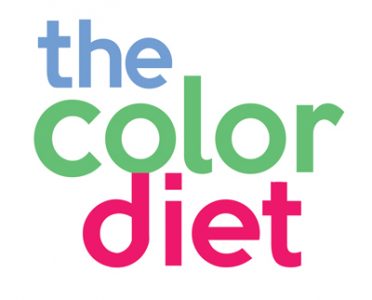The psychology of color on our perception of how food tastes is well-documented. This is because the brain is a very complicated organ that combines information from our various sensing apparatus in various ways, millions of minute instances of perception, recollection, sensation, and expectation all rolled into one real-time experience we call “taste” or “smell”. Based on previous experience with foods of certain colors, or expectations we have acquired by otherwise, we all have developed sensitive likes or dislikes of certain colored foods. Some people enjoy trying new things while others are more ingrained in their ways and have well-established preferences that predetermine their experience to a large degree.
Here is an excerpt from an interesting website “Ask A Biologist” discussing the structure and function of the brain as it relates to our perception of “taste”:
The brain is a very busy organ. It is the control center for the body. It runs your organs such as your heart and lungs. It is also busy working with other parts of your body. All of your senses – sight, smell, hearing, touch, and taste – depend on your brain. Tasting food with the sensors on your tongue is only possible if the signals from your taste buds are sent to the brain. Once in the brain, the signals are decoded. The sweet flavor of an orange is only sweet if the brain tells you it is.
Reference: https://askabiologist.asu.edu/brain-regions
Once we start to think about food and flavor with this type of understanding, while not claiming any mastery of the phenomenon of brain function, we can start to combine colors to create new and unexpected experiences for our taste buds. An accent of red radish on a green salad may create an unexpected result. Combining a black olive with a bright slice of orange and surrounding it with some crumbled feta cheese will elicit an interesting reaction as flavors generally thought of as “sweet” “sour” and “spicy” begin to intermingle and the brain is playfully engaged, trying to put words to the experience. Before you know it, the act of cooking might begin to resemble something musical or painting, where your intuition is guiding your hand to try out new ideas based on the ingredients at hand. Like other art forms, the act of cooking uses some understanding of what emotion or reaction a color or food may evoke and present it in a new way, or in a different combination than one might expect, using the element of surprise to great effect.
